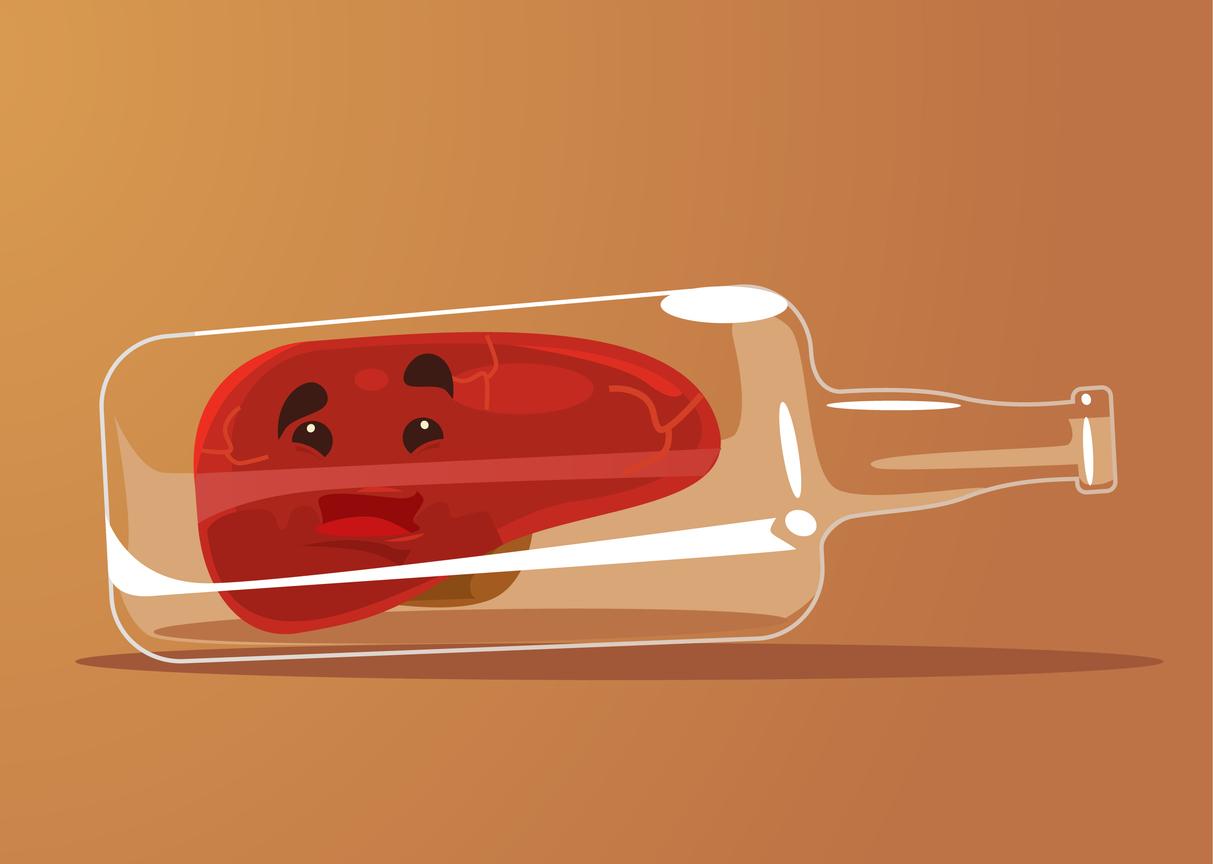How does poverty affect our health? In France, the 10% of the poorest are much more likely to be affected by a chronic disease such as diabetes, neurological and degenerative pathologies, than the 10% of the wealthiest, according to a survey by the Ministry of Health.

- The poorest 10% of the French population develop diabetes 2.8 times more often than the wealthiest 10%.
- The poorest also more often develop other types of chronic diseases such as Alzheimer’s, Parkinson’s or pathologies of the liver and pancreas.
- According to INSEE in 2018, “among the wealthiest 5%, life expectancy at birth for men is 84.4 years, compared to 71.7 years among the poorest 5%, i.e. 13 years. ‘difference”
Numerous studies have already shown the links between the occurrence of pathologies and the standard of living of individuals. At the beginning of the year, a report by the Department of Research, Studies, Evaluation and Statistics (DREES) pointed to social inequalities concerning cerebrovascular accidents (CVA): they are 40% more frequent among 25 % of French people with the lowest standard of living. More worryingly, these people are also less well cared for in stroke units than their wealthier compatriots.
The DREES is now producing a shocking new report on chronic diseases which, “at comparable age and gender”, more often affect modest French women and men, further reducing their life expectancy.
Diabetes: 2.8 times more likely to suffer from it when you are poor
The poorest 10% of the French population develop diabetes 2.8 times more often than the wealthiest 10%. This inequality is even greater among women than among men, with a risk multiplied by 3.5 against 1.9 for their male counterparts.
But that’s not all. According to the report, the poorest population is also 2.2 times more victims of liver or pancreatic diseases, 2 times more psychiatric diseases, 1.6 times more chronic respiratory diseases, 1.5 times more neurological or degenerative diseases (Alzheimer’s and Parkinson’s, in particular) and 1.4 times more cardio-neurovascular diseases. All these diseases are more prevalent in men than in women.
“On the other hand, no significant difference in risk has been demonstrated for cancers”, specifies the DREES.
Life expectancy: chronic diseases reduce it considerably
“At all ages, people with a chronic disease have a higher risk of dying than people without the disease”, recalls the DREES. “The same is true for the most modest people compared to the wealthiest people. Without chronic diseases, the gap in life expectancy at birth between the wealthiest and the poorest would be reduced by more than a third.” According to INSEE in 2018, “among the wealthiest 5%, life expectancy at birth for men is 84.4 years, compared to 71.7 years among the poorest 5%, a difference of 13 years”. For women, this gap is reduced to 8 years.
The diseases that widen the most inequalities in terms of life expectancy are psychiatric diseases and cardio-neurovascular diseases. But the standard of living is only one element among many others, recalls the Ministry of Health. “The origins of the social disparities observed are multiple: living and working conditions, access to care, health literacy [NDLR : la capacité à comprendre des informations de santé] and individual behaviors, for example.”


















